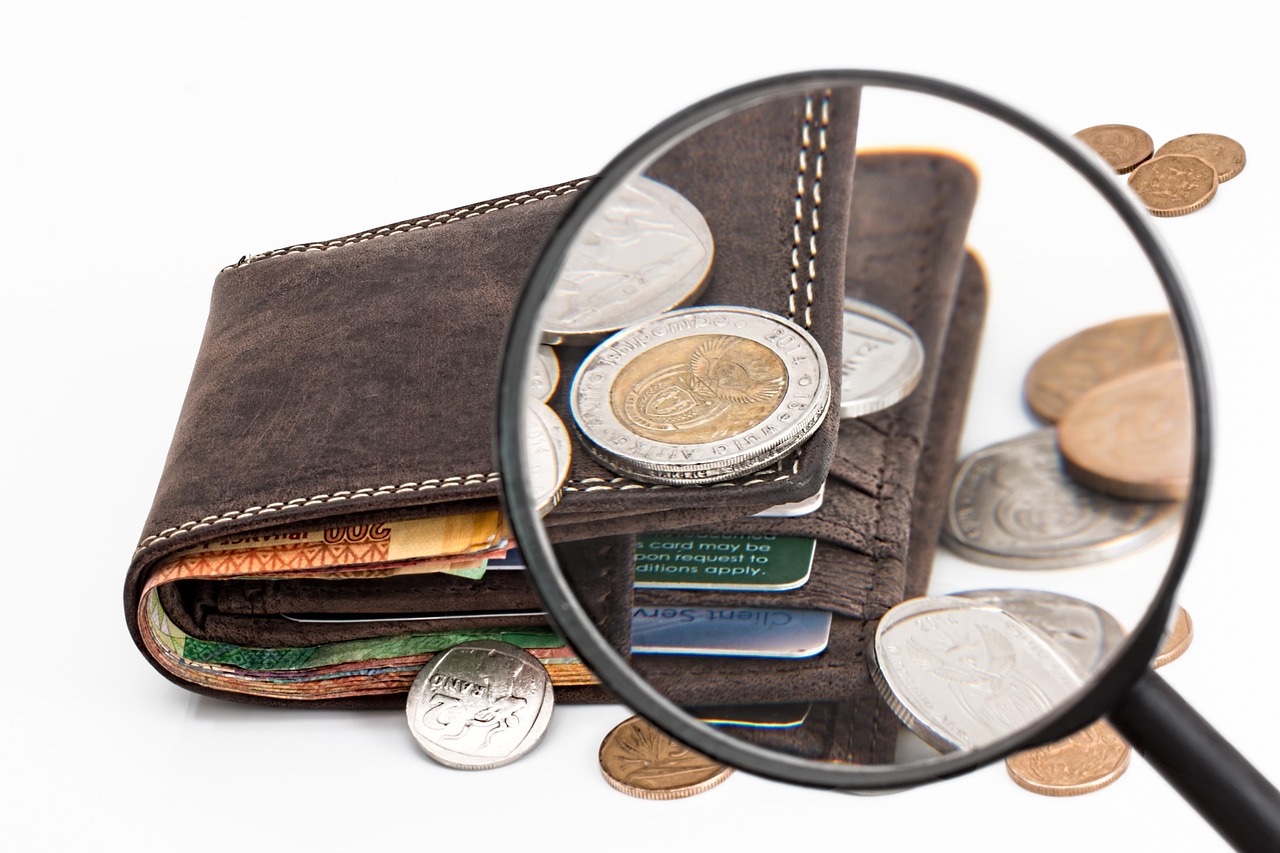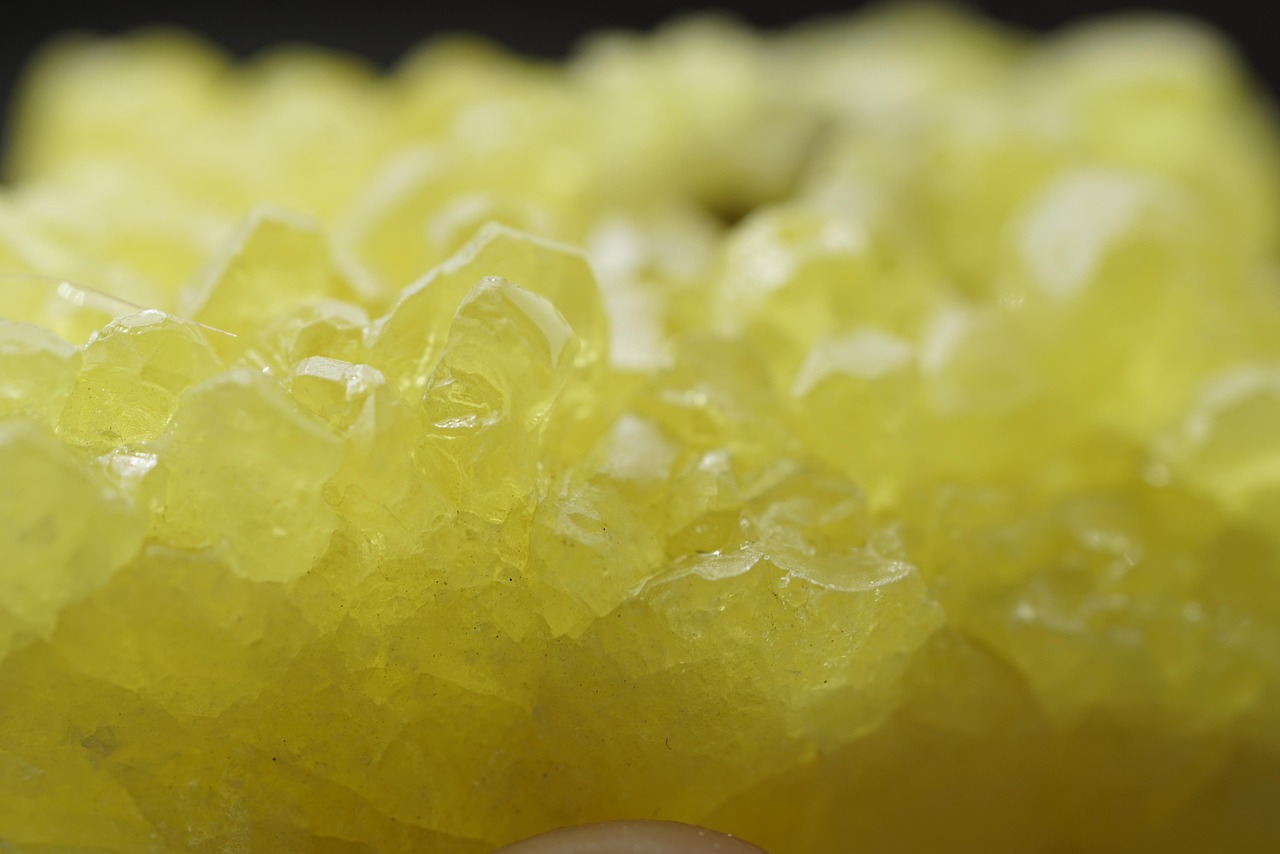NFT Content Creator Unions: Navigating the New Digital Frontier

The emergence of Non-Fungible Tokens (NFTs) has revolutionized the digital art and content creation landscape. NFTs represent ownership of unique digital items and, since their inception, have provided content creators with new revenue streams and avenues for exposure. However, with these opportunities come challenges that have sparked conversations around the formation of NFT content creator unions.
In the traditional art and entertainment sectors, unions have long played a pivotal role in advocating for the rights and fair treatment of their members. As the NFT ecosystem grows, the need for similar collective bargaining and representation for digital creators is becoming increasingly evident. This article explores the potential role of unions in the NFT space, examining their benefits, challenges, and the global context of such developments.
The Case for NFT Content Creator Unions
Unions in the NFT space could address several pressing issues faced by content creators. These include:
- Fair Compensation: While NFTs allow creators to directly monetize their work, the market is rife with disparities. Unionization could help establish fair royalty standards and ensure equitable revenue distribution.
- Intellectual Property Rights: NFTs involve complex IP issues, including unauthorized minting and resale of digital content. A union could provide legal support and advocacy to protect creators’ rights.
- Market Regulation: The NFT market is volatile and largely unregulated, leading to potential exploitation. Unions could work towards creating industry standards and lobbying for protective legislation.
- Community and Support: Beyond financial and legal aspects, unions could offer a sense of community, providing resources, training, and networking opportunities to their members.
Challenges in Unionizing NFT Creators
Despite the potential benefits, forming unions within the NFT space presents unique challenges:
- Decentralization: The decentralized nature of blockchain technology, which underpins NFTs, complicates traditional union structures. Establishing a centralized body that can effectively represent a globally dispersed membership is a significant hurdle.
- Diverse Membership: NFT creators come from various backgrounds, including digital artists, musicians, and game developers. Crafting a one-size-fits-all union model that addresses the specific needs of diverse creators is complex.
- Legal Recognition: The legal status of NFTs and their creators varies across jurisdictions, complicating efforts to establish internationally recognized unions.
Global Context and Developments
The concept of NFT content creator unions is gaining traction globally, with discussions and pilot initiatives emerging in several regions:
- United States: Organizations like the Screen Actors Guild‐American Federation of Television and Radio Artists (SAG-AFTRA) have begun exploring how traditional unions can expand to include NFT creators.
- Europe: The European Union has initiated studies on the implications of digital art and NFTs, potentially paving the way for collective bargaining frameworks.
- Asia: Countries like South Korea, with a robust digital content industry, are witnessing grassroots movements advocating for creator rights within the NFT market.
The Future of NFT Content Creator Unions
As the NFT market continues to evolve, so too will the structures that support its creators. While the path to effective unionization is fraught with challenges, the potential benefits for content creators are substantial. By advocating for fair compensation, intellectual property protection, and market regulation, NFT unions could play a crucial role in shaping the future of digital content creation.
Ultimately, the success of NFT content creator unions will depend on their ability to adapt traditional union models to the unique characteristics of the digital age. As these discussions progress, staying informed and engaged will be crucial for creators and stakeholders in this burgeoning field.













